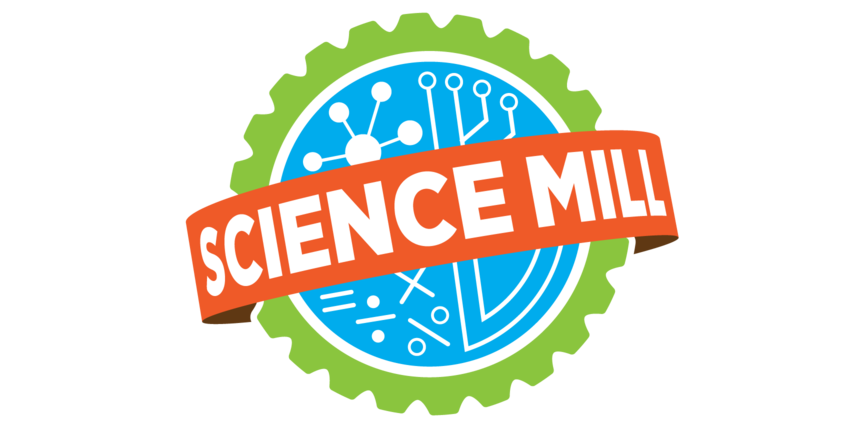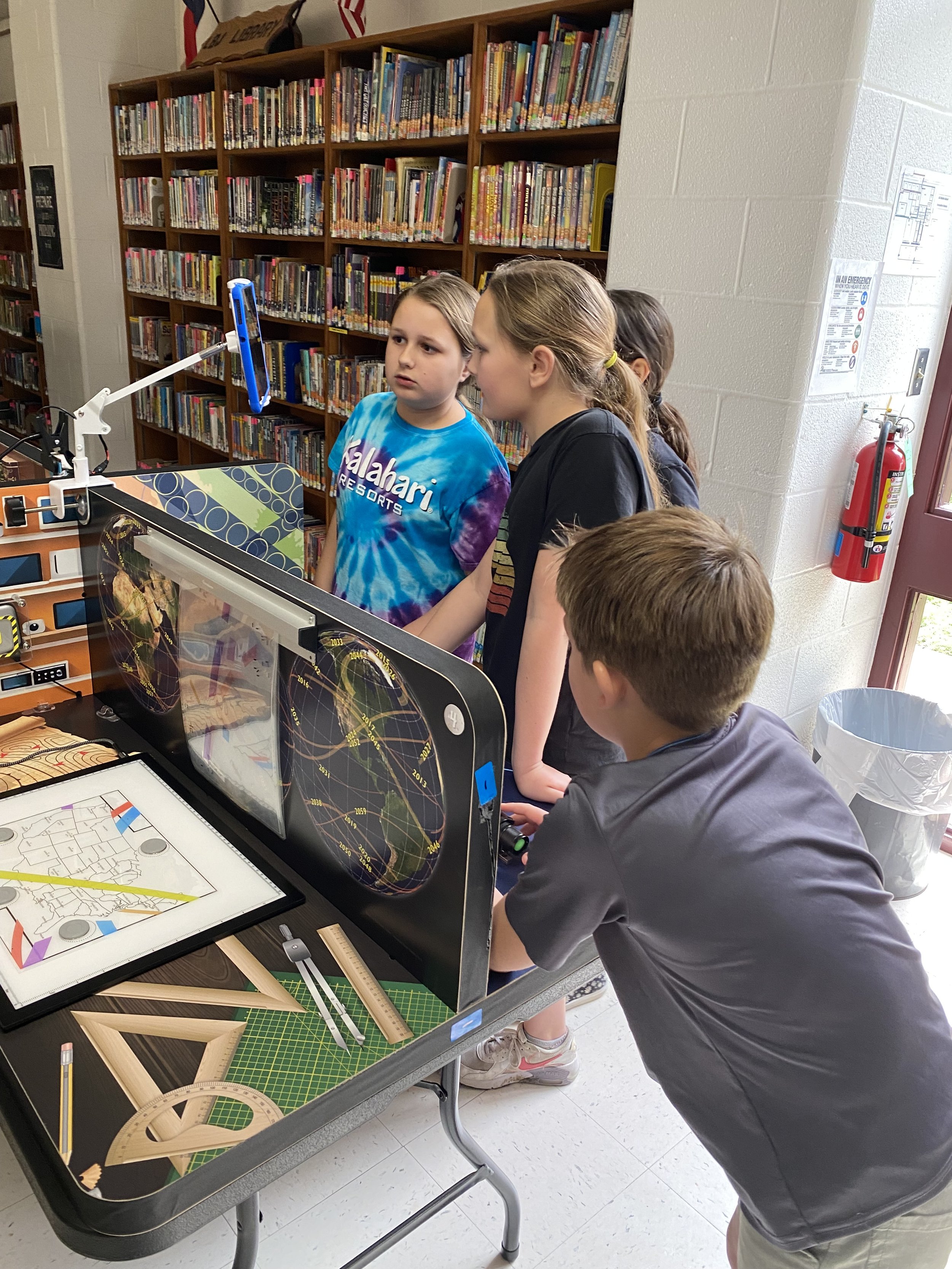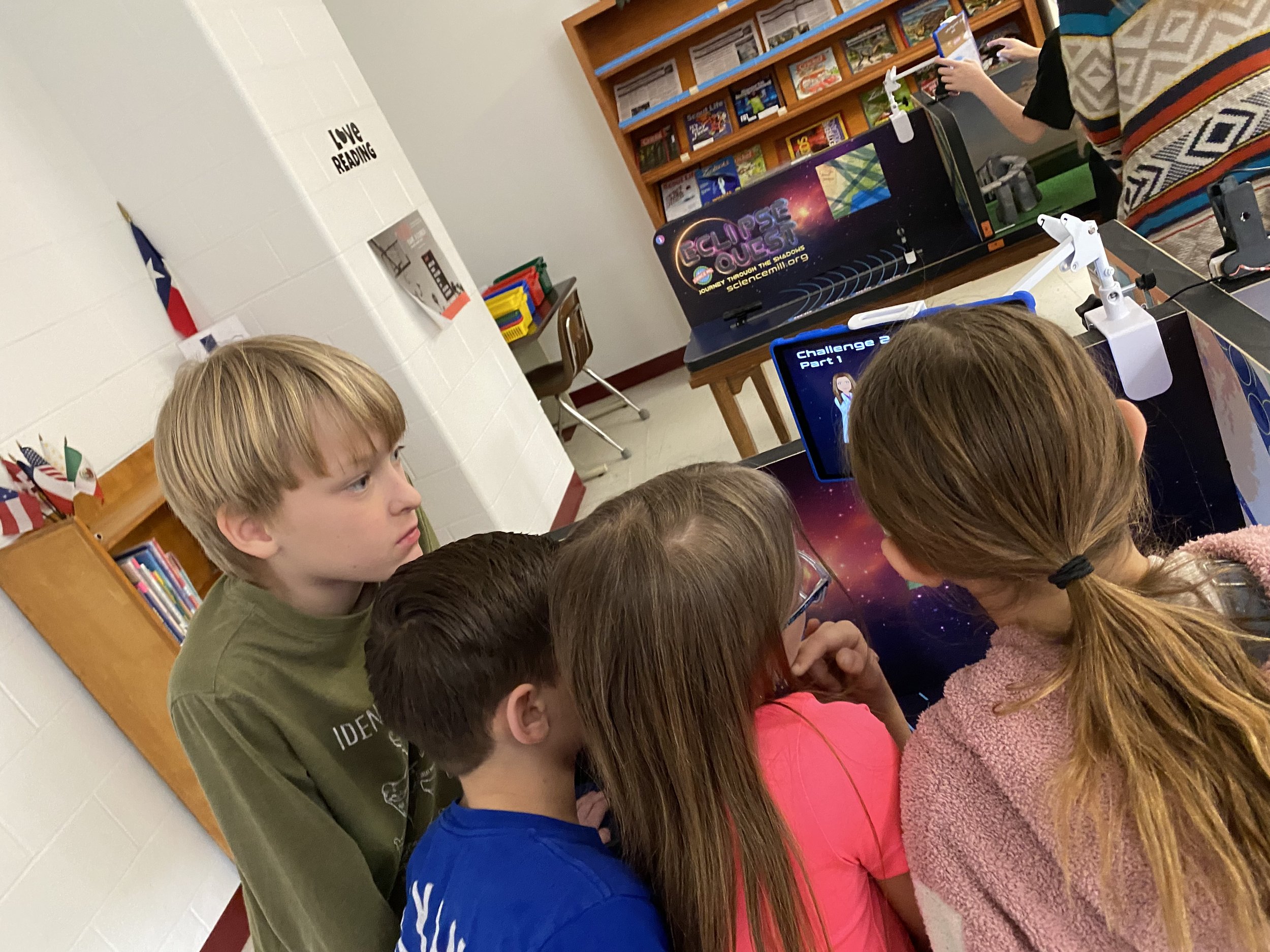This April 8, many parts of Texas, which includes the Science Mill in Johnson City, will bear witness to the total solar eclipse. This rare celestial event promises a breathtaking display of nature’s wonders as the moon temporarily obscures the sun, casting a mesmerizing shadow over the Lone Star State.
As we anticipate this once-in-a-lifetime spectacle, it’s important to remember that observing a solar eclipse requires caution and preparation to ensure a safe and memorable experience for all. Here are some essential safety reminders to keep in mind as you gear up for this extraordinary event.
PROTECT YOUR EYES
Perhaps the most vital safety precaution during a solar eclipse is safeguarding your eyes from the intense solar radiation. NEVER look at the sun directly, even during the eclipse! Doing so can cause severe and permanent damage to your vision. It's imperative to use proper eye protection such as solar viewing glasses or handheld solar viewers with certified filters. These specialized lenses are designed to block harmful ultraviolet, visible, and infrared radiation while allowing you to observe the eclipse safely.
Beware of Counterfeit Glasses
With the heightened demand for solar viewing glasses during an eclipse, counterfeit products may flood the market. To ensure your eye safety, only use glasses that meet the international safety standards (ISO 12312-2) for solar filters. Check for reputable vendors and certifications to guarantee the authenticity of your viewing equipment. Remember, compromising on the quality of your eye protection is never worth the risk.
ISO-certified solar viewing glasses available at the Science Mill Science Store!
Supervise Children and Pets
Children and pets may be particularly curious about the eclipse. However, they are also more susceptible to eye damage from improper viewing. Always supervise young ones and furry friends, ensuring they wear appropriate eye protection at all times. Explain the importance of eclipse safety to children in simple terms, emphasizing the danger of looking directly at the sun without proper gear.
Avoid DIY Solutions
While it may be tempting to improvise with makeshift viewing methods, such as sunglasses, smoked glass, or unfiltered cameras, these alternatives provide inadequate protection against solar radiation. DIY solutions can fail to block harmful rays, putting your eyes at risk of injury. Stick to approved solar viewing glasses or viewers from reliable sources to guarantee your safety and enjoyment during the eclipse.
Use Indirect Viewing Methods
If you're unable to obtain certified solar viewing glasses, don't fret. There are plenty of indirect viewing methods that allow you to experience the eclipse safely. Create a pinhole projector using cardboard or paper to project the image of the partially eclipsed sun onto a surface. You can also use a telescope or binoculars to project the sun's image onto a piece of white paper. These methods offer a captivating way to observe the eclipse without direct eye exposure.
Protect Cameras and Equipment
If you're planning to capture the eclipse through photography or videography, ensure your camera equipment is equipped with solar filters. Without proper filtration, the intense sunlight can damage camera sensors and lenses, rendering them unusable. Additionally, never look through a camera viewfinder or optical device without appropriate eye protection.
Stay Hydrated, Sun-Safe, and prepared!
Total eclipses can draw large crowds, especially in prime viewing locations. Be prepared for potential heat and sun exposure by staying hydrated, wearing sunscreen, and seeking shade when necessary. Plan ahead by bringing plenty of water, sunscreen with a high SPF, hats, and lightweight clothing to shield yourself from the sun's rays. Prioritize your health and comfort to fully enjoy the eclipse experience.
Be Mindful of Traffic and Crowds
As eclipse enthusiasts converge on viewing sites across Texas, anticipate increased traffic and crowds in popular areas. Plan your transportation and accommodations in advance to avoid last-minute hassles. Consider packing some extra food and water in case you get stuck in traffic for a long time. Practice patience and courtesy on the roads, and follow any instructions from law enforcement or event organizers to ensure a smooth and safe experience for everyone.
embrace THE EXPERIENCE
Above all, remember to savor the magic of the total eclipse. It's a rare and awe-inspiring event that is best enjoyed with friends, family, and your community.
If you haven’t found a great viewing spot, come join us for Solar Spectacle at the Science Mill! Day passes include admission for 4, 4 eclipse glasses, and a reserved parking slot. Plus, you can commemorate your experience with some great eclipse souvenirs — luckily, the Science Mill has some great ones to help you remember this moment!
To ensure guests’ comfort and safety, slots are LIMITED — so make sure to get your tickets now!













